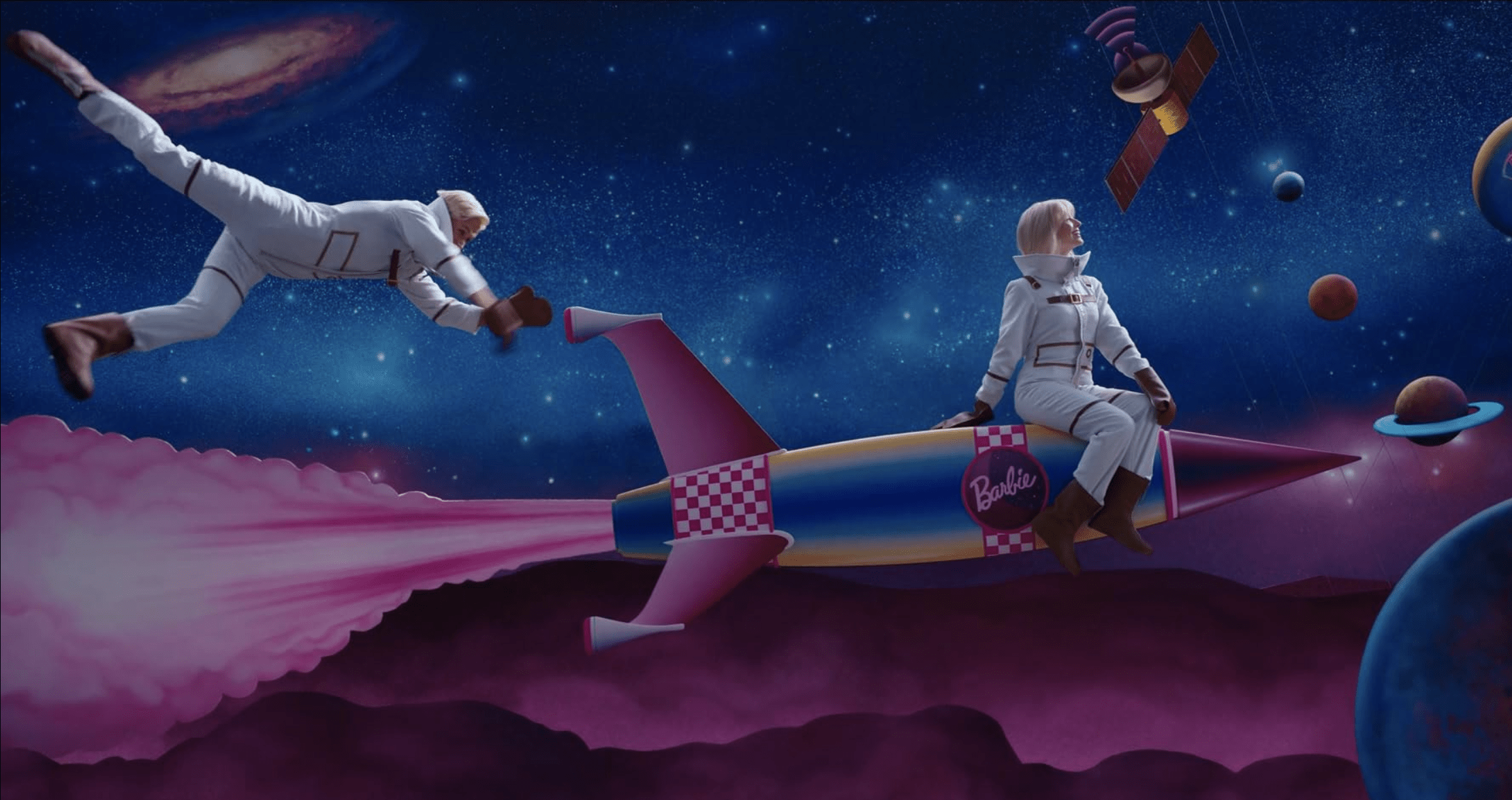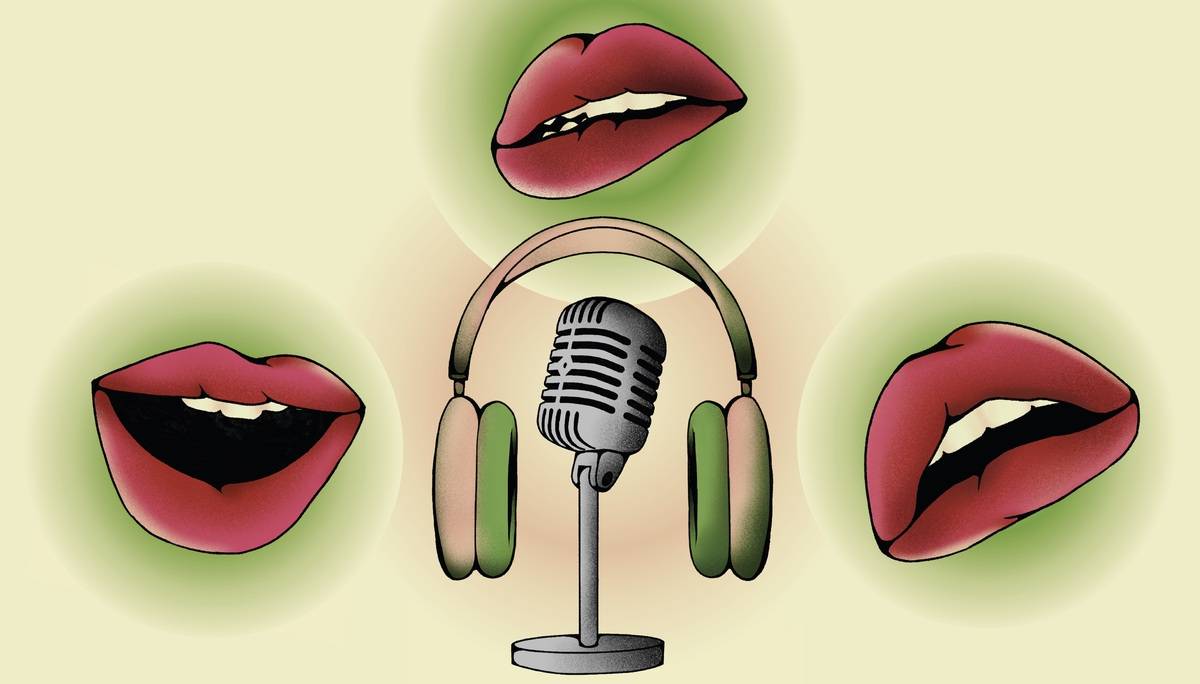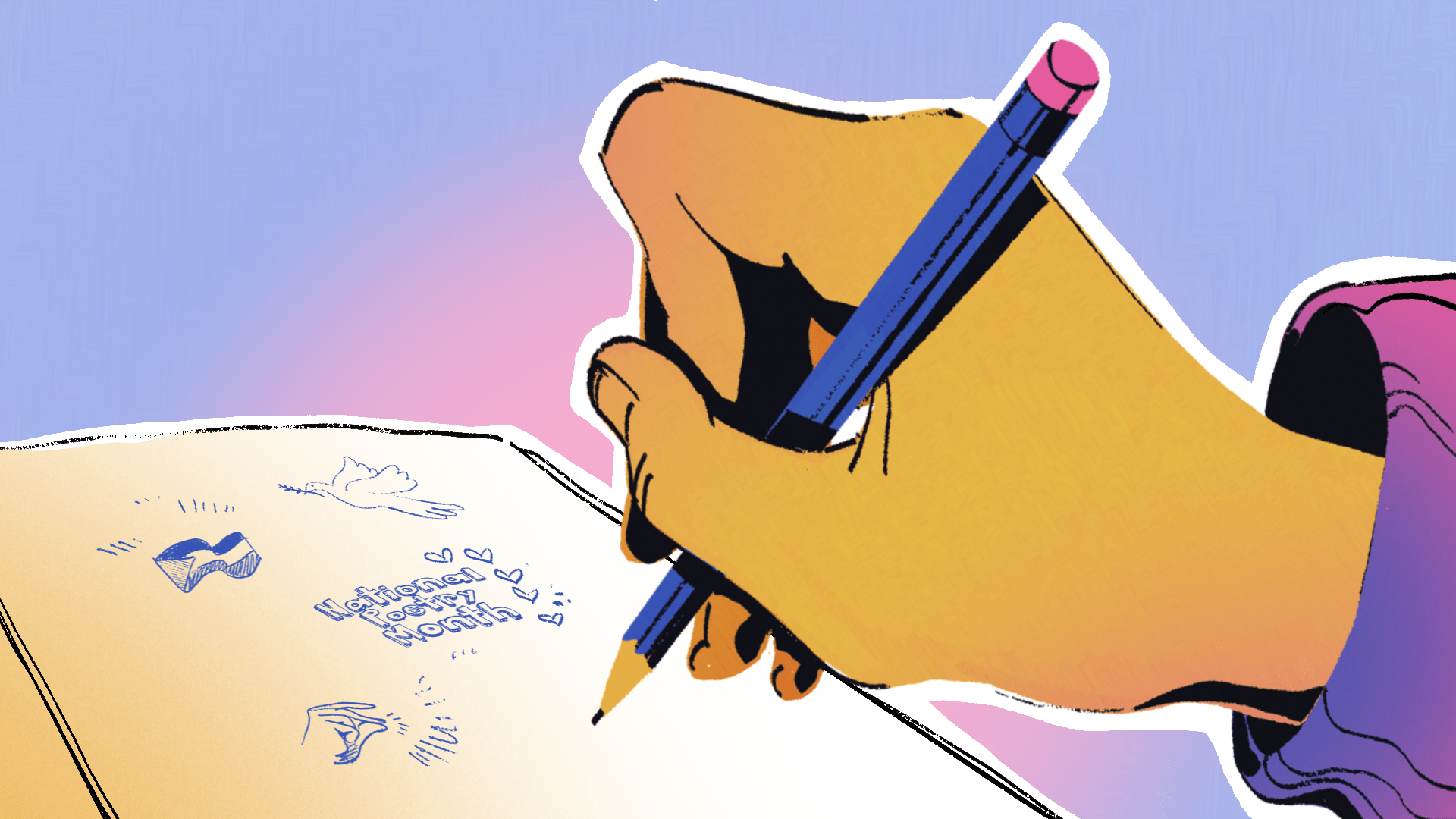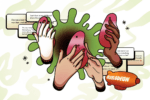“And if all of that is true for a doll — just — representing women, then — I just don’t know.”
— America Ferrera
I bet you’ve seen or know someone who has seen the Barbie movie by now. Perhaps more than once. Perhaps they went in a group, dressed up in costume. Maybe it was one of those brunch movie parties that created a grand spectacle and felt special while you munched on French toast and drank orange juice at 9:30 a.m. Before the tears started welling up.
Which they likely did.
I went to the Barbie movie just to have a good time. I had assumed that maybe it would be a tongue-in-cheek exploration of the many animated Barbie movies from the early and mid-2000s, but live-action and set in modern times. I thought perhaps it might remind me of the documentary recapping the history of Mattel introducing Barbies with different body types. Or maybe it would be like that episode from the Netflix “Toys That Made Us” series.
I thought a lot of things, and “Barbie” was all of them and none of them at the same time. The trailers weren’t much help in decoding what was to come either. “Barbie” would either be a fantastical pink distraction in line with the Architectural Digest-style Dream House tour videos that had been put out or it would be a weird fever dream ode to Stanley Kubrick films. All I really knew was that the movie would playfully show people as dolls on perfect beaches and in weird, perfect houses with minimal walls and slides going into pools of fake plastic water. They never have stairs because Barbies don’t need stairs.
It was incredibly effective and genius marketing that should be studied for years to come. Or maybe we were all just looking for something to see and celebrate. Something that looked a little silly and a little frilly and just fun. Something camp that was visually appealing without being a violent sonata about war. It was a glittering Trojan gift horse and I’m glad we let it in the gates of our city.
I had no idea as I sat in the movie theater in my mesh shirt (I was dressed up as Earring Magic Ken, underground gay icon), that I’d be tearing up in the third act of a movie about desire, exploration, and the structure of society itself. True, I should’ve expected it given the career trajectories of Margot Robbie, America Ferrara, and director Greta Gerwig. But I’m more Stereotypical Barbie than Weird Barbie most days, so I didn’t pay attention as deeply as I could’ve.
Margot Robbie, of course, has redefined DC’s Harley Quinn in film, bringing her in line with the spirit of the ferociously independent cartoon Harley Quinn they’ve been showing on TV. One who doesn’t need a Joker to define either her inner power or villainry and who is pretty gay. Greta Gerwig is an iconic female voice known for her films like “Lady Bird” that take real life and make it something worth watching (or maybe that’s just the Laurie Metcalf fan in me). And America Ferrera has been standing up for herself and for the underrepresented women of color in films like her since “Sisterhood of the Traveling Pants.”
At base, “Barbie’s” story doesn’t necessarily look new. Female travel epics have been around since before “The Wizard of Oz.” At a bare minimum, it’s “Small Soldiers” on a grander scale. But this is also where Greta Gerwig starts to beckon you to experience something along with the undeniable, deliciously unsubtle visual impact — where that glittery pink package with a Dua Lipa dance score is transformed into a movie about how we resonate with ourselves and with each other. About uncovering hidden dimensions and how we strive to be human. About who is allowed to be brave and silly and unexpected. And what is authentic to the experience that we always imprint on our dolls. From the nod to Mount Rushmore featuring iconic Barbie designs like Christy to giant fake sticker inserts in the fridge, “Barbie” is a well-thought-out masterwork on how to tell a story with both dialogue and design.
The introduction of Rhea Perlman as Ruth Handler (the creator of the original Barbie) changes the tone of the movie but in the best way. There is still a party. There is still a world that takes advantage of Barbie’s legacy of wonder and slight flatness, and you still have to bike through an extremely fictitious Holland tulip field to get to Barbieland – but at the introduction of Ruth, “Barbie” turns into a call for any Barbie seeking to escape her box.
It’s here where we start to see America Ferrera as Gloria begins to take risks, find joy, and reconnect with her daughter Sasha, who begins her own new journey from a jaded teenager to a complicated young woman who can be fun and be a badass teen. It’s a stripping away of the perfect veneer of the “woman” at many different ages. And it’s pretty appropriate that these worries and fears; this joy and utter tiredness leads to a perfect monologue about what it means to truly and exhaustingly be a woman. What character could’ve spoken it so authentically more than the one who accidentally ended up creating Impending Thoughts of Death Barbie out of longing?
What surprised me most of all, and the reason I’ve seen “Barbie” twice now in theaters, was Barbie’s heartbeat as much as Barbie was surprised too —- taking her first real breath in. How she actively ends up accepting the duality offered by Gloria’s monologue in all of its pain and hypocrisy. And yet juxtaposed behind that on screen is a celebration of women being alive. Women who were part of the crew and their families as well, adding a further authentic stamp onto who is portrayed in “Barbie.” Much like in the brief scene with the old woman on the bench. Both within patriarchy and without. And what an intensely beautiful thing to witness.
Especially in a movie that’s not afraid to be serious as well as funny. Who amongst us expected a joking proclamation of what fascism is? After all, Barbie is right. She doesn’t “control the railways or the flow of commerce!” However with a billion dollars in the bank and growing, maybe we should rethink that. Or at least get Mattel to release a Weird House for those of us who thought it was way cooler than the Dream House.






















